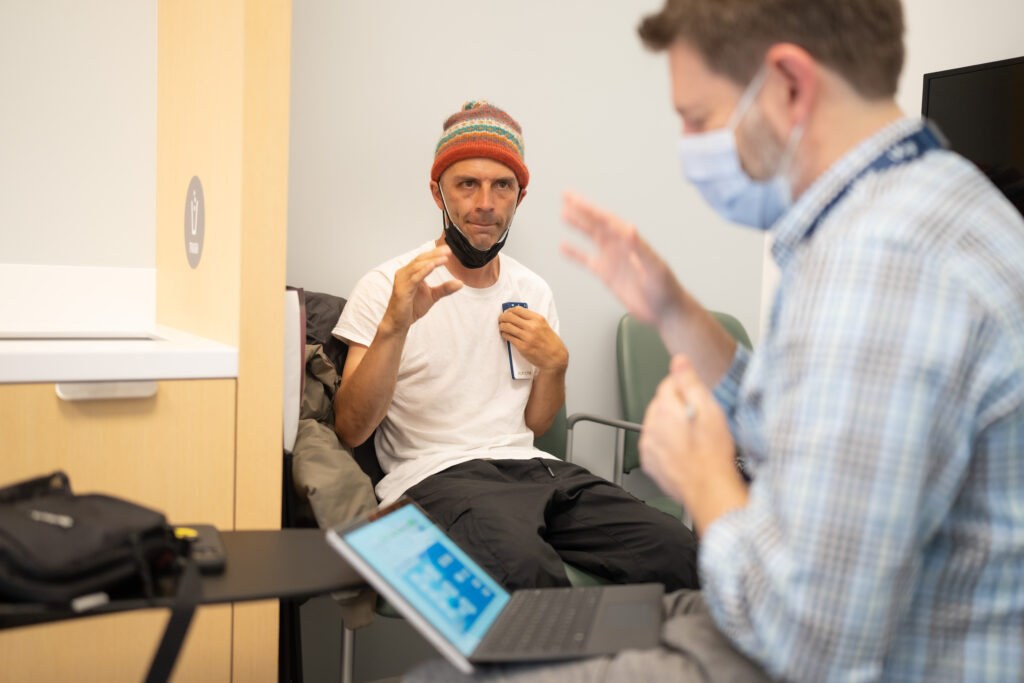
Deep brain stimulation, a process in which electrodes stimulate specific brain circuits to reduce motor symptoms, has long helped people with Parkinson’s disease manage their tremors — but a new approach is helping push the therapy even further.
Maria Shcherbakova, a neurology researcher at UCSF, pointed out that this approach — called adaptive deep brain stimulation (aDBS) — is already improving the quality of life for patients who don’t respond well to conventional deep brain stimulation. Unlike the conventional method, which delivers continuous stimulation via an implantable brain device, aDBS adjusts its electrical signals in real time based on the patient’s brain activity.
This personalization gives patients better control of their unique symptoms, as well as fewer side effects, Shcherbakova noted. The therapy works alongside Parkinson’s drugs by lowering stimulation when the medication is active to avoid excess tremors and increasing it as the drug wears off to reduce stiffness.
In February, Medtronic gained the first-ever FDA approval for its implantable aDBS system to treat people with Parkinson’s. UCSF is one of the academic medical centers participating in research to help advance the use of this technology and track how this method improves patient outcomes.
Shcherbakova noted that UCSF published research last year showing that aDBS can provide more precise control of Parkinson’s symptoms than conventional DBS by automatically adjusting stimulation in real time based on brain activity.
“This is not to say that this therapy is appropriate for everybody and should be prescribed to everyone over conventional therapy. But the problem is this: for some people with Parkinson’s disease and essential tremor and epilepsy, conventional therapy is just not going to help. So what happens is they’re going to get this implant, and the insurance company will cover this expensive procedure, and then the patient is just going to get a piece of metal installed in their brain for nothing,” she explained.
For instance, UCSF is treating a young Parkinson’s patient and competitive skateboarder who regained the ability to skate and work after receiving an aDBS implant, Shcherbakova said. Before he tried aDBS, other treatment methods weren’t helping him manage his symptoms very much.
She also noted that this therapy can help reduce the burden on caregivers by managing side effects more smoothly.
While aDBS holds much potential to improve the quality of life among Parkinson’s patients, there are also a couple clinical and implementation challenges to keep in mind, Shcherbakova added.
Firstly, the therapy requires ongoing tune-ups because brain activity and disease progression change over time.
Medtronic and its network of researchers are also still working to ensure the system is user-friendly for neurologists everywhere, not just those at academic research centers. Neurologists need both training and organizational buy-in to integrate aDBS into their workflows, Shcherbakova explained.
While some challenges remain in training clinicians and further personalizing the therapy, aDBS offers a hopeful glimpse into a future where Parkinson’s patients can live fuller, more manageable lives.
Photo: UCSF










